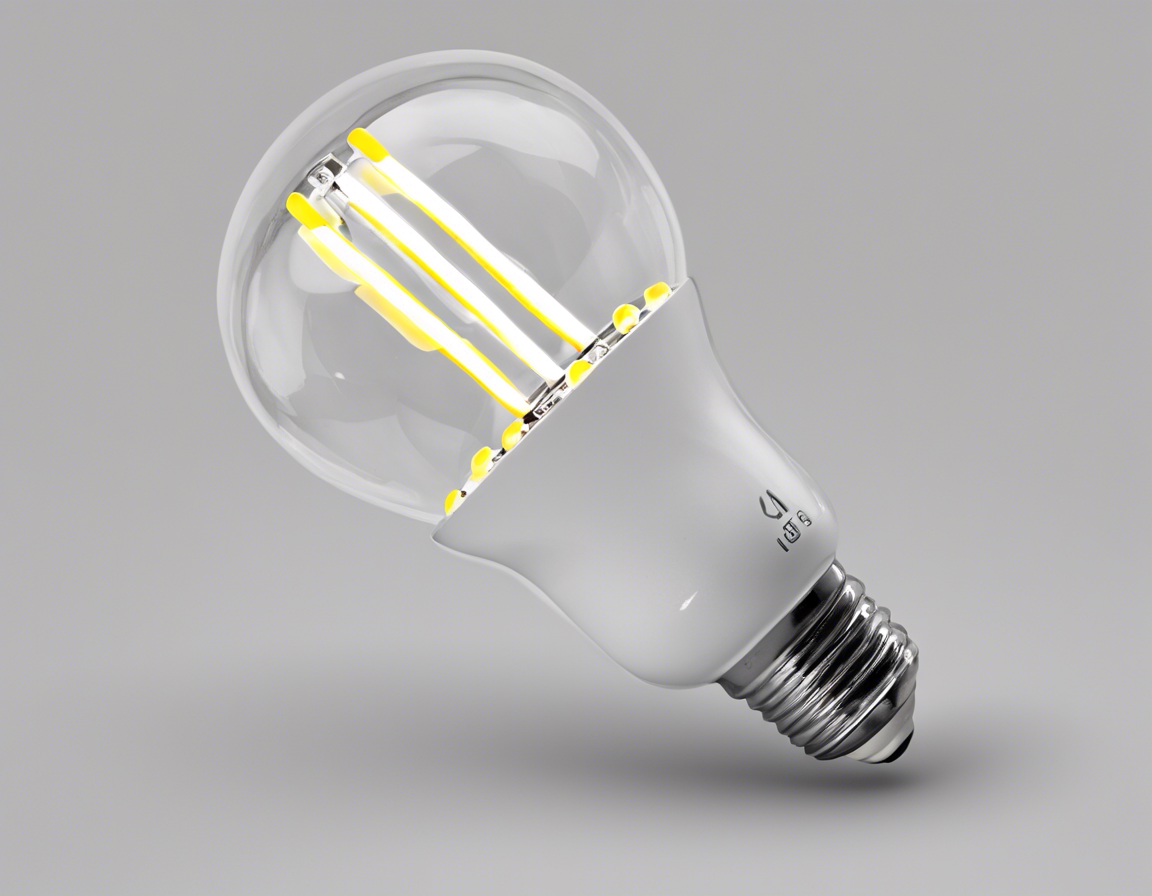In today’s world, energy efficiency is a crucial aspect of our daily lives. One of the best ways to contribute towards energy conservation is to make small changes in our everyday routines, starting with the type of lighting we use in our homes and workplaces. LED bulbs have revolutionized the lighting industry by offering a more energy-efficient and environmentally friendly alternative to traditional incandescent and fluorescent bulbs. In this article, we’ll explore the benefits of using LED bulbs, how they work, and some tips for selecting the right LED bulbs for your space.
Understanding LED Technology
LED, which stands for Light Emitting Diode, is a semiconductor device that emits light when an electric current passes through it. Unlike incandescent bulbs that rely on heating a filament to produce light, LED bulbs are much more efficient as they convert a higher percentage of electricity into light rather than heat. This results in LED bulbs producing the same amount of light as incandescent bulbs but using significantly less energy.
Benefits of LED Bulbs
1. Energy Efficiency
LED bulbs are highly energy-efficient, consuming up to 80% less energy than traditional incandescent bulbs. This translates to lower electricity bills and reduced energy consumption, making them an eco-friendly lighting option.
2. Longevity
LED bulbs have a much longer lifespan compared to traditional bulbs. On average, an LED bulb can last up to 25,000 hours or more, which means you’ll save money on replacements and reduce waste.
3. Durability
LED bulbs are more durable and resistant to shocks, vibrations, and external impacts, making them ideal for various environments, including outdoor and industrial settings.
4. Instant Lighting
Unlike compact fluorescent lamps (CFLs) that take time to reach full brightness, LED bulbs provide instant lighting when switched on, making them convenient and practical for everyday use.
Selecting the Right LED Bulbs
When choosing LED bulbs for your space, consider the following factors:
1. Brightness
LED bulbs are available in different brightness levels measured in lumens. Determine the desired brightness based on the room’s purpose and size.
2. Color Temperature
LED bulbs come in various color temperatures, ranging from warm white to cool white. Select a color temperature that complements the ambiance of the room.
3. Fixture Compatibility
Ensure the LED bulb is compatible with your existing light fixtures to avoid any installation issues.
4. Dimmable Options
If you require dimmable lighting, choose LED bulbs specifically designed for dimming capabilities.
5. Energy Star Certification
Look for LED bulbs with Energy Star certification to ensure they meet energy efficiency and quality standards set by the Environmental Protection Agency (EPA).
Frequently Asked Questions (FAQs)
1. Are LED bulbs more expensive than traditional bulbs?
LED bulbs may have a higher upfront cost, but their energy efficiency and long lifespan make them more cost-effective in the long run.
2. Do LED bulbs emit heat?
LED bulbs produce very little heat compared to incandescent bulbs, making them safer to use and reducing the load on air conditioning systems.
3. Can I use LED bulbs in any fixture?
While LED bulbs are versatile, it’s essential to check if they are compatible with the fixture to ensure proper functioning and longevity.
4. Are all LED bulbs dimmable?
Not all LED bulbs are dimmable, so make sure to check the packaging or product specifications if dimmable functionality is needed.
5. Do LED bulbs contain hazardous materials like mercury?
Unlike CFLs, LED bulbs do not contain mercury or other hazardous materials, making them safer for the environment and disposal.
In conclusion, LED bulbs are an excellent choice for energy-conscious consumers looking to reduce their carbon footprint while enjoying quality lighting. By making the switch to LED bulbs, you not only save money on energy bills but also contribute to a greener and more sustainable future.
